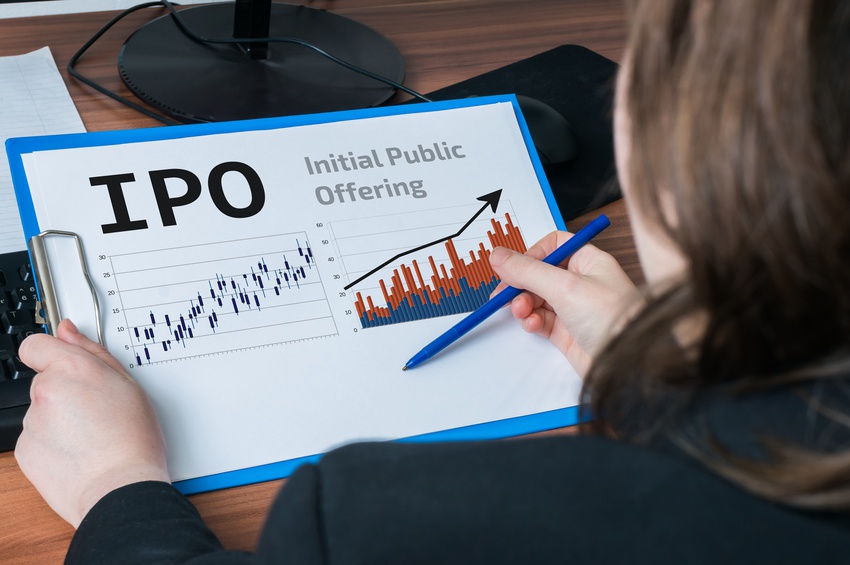Investing Checklist And Filters
Humans are not naturally inclined to make good decisions. We have unreliable memories and often forget small details and miss important steps.

About 150,000 Americans die during surgery, half of them due to avoidable human errors. Atul Gawande, a surgeon, explained in his book “The Checklist Manifesto” how he found a way to reduce hospital casualties. To find the answer, he looked at the high stakes professions for clues.
He then found two industries that have severely reduced human errors and have maintained an excellent safety reputation despite being in a risky complex working environment. The first one is the construction industry. Only about 1of 50,000 buildings partially or totally collapses.
The second one is the aviation industry. The odds of being killed on a single plane is 1 in 29 million. Certainly these numbers are much lower than deaths during surgeries in the hospitals. So why did these two industries have such low fatality rates? The answer is because they have developed a habit of following a set of checklist before completing each vital task and before making important decisions.
Humans are not naturally inclined to make good decisions. We have unreliable memories and often forget small details and miss important steps. To catch the mental flaws inherent in us such as memory, attention and thoroughness, we need a checklist. And this is also true in investing.
Benjamin Graham created formulas to find undervalued companies. He used them as filters. One of them he termed net nets. Net nets are companies selling below their net working capital less liabilities. That formula basically filtered out over leveraged companies, and companies with no worthy assets.
It’s a simple filter that he made to screen out cheap companies. He buys whenever price was below his intrinsic value formula and sells if it doubles. It’s simple but it worked for many years that has allowed him to beat the market over a long period.
In a press conference, Warren Buffet was asked how he evaluated new business ideas. He said he used four criteria as filters. We can also use them as our guide in investing.
The first question to ask is: Can I understand it? Is the business understandable? Can we reasonably understand the natural risks and characteristics of the business? Do we have an idea how it makes money?
The second question we might ask is: Does it have a competitive advantage? To know if a company has a competitive advantage, we might ask the following: Does the business have favorable long-term prospects? Does the business have a consistent operating history? Does it have a brand or reputation that can command a price premium? Is it easy to start a similar business and produce similar returns?
The third is: Is the management composed of able and honest people? Under this criteria you could ask: Is the management rational with its capital allocation? Is management direct with its shareholders?
Does management resist the institutional imperative? Under institutional imperative, you can ask if the company has done some bad acquisitions in the past just because other company in its industry is also doing it? Has it used debt foolishly? We then look at at the numbers. Is there a focus on return on equity? What is the rate of “owner earnings”?
The fourth is: Is the price right? This question then leads us to ask: What is the value of the business?
Can it be purchased at a significant discount to its value? Is it a temporary discount or a permanent one ? Is the business over leveraged? You can add more specific questions to create your own checklist.
Now, if it passes these filters, we might consider investing in the company.
After a while, you would need to also modify your checklist depending on the current environment you’re in. In the earlier times, Graham did not really put much value to intangible assets such as brand. Buffett, on the other hand, gave them more value. If you’re valuing a tech company that makes money, you might not want to focus on tangible assets to value it. You might want to use earnings and network effects.
Mohnrish Pabrai, a successful value investor, uses checklist to reduce his risk. He has at least 60 items in his checklist and he adds and improves on to them regularly. By now, you might be overwhelmed by the long list of checklist you need to make. Keep in mind that checklists are there to guide and simplify and not to complicate your investing process. So it doesn’t really have to contain 100 items just to be valid and useful.
When you protect the downside, the upside will take care of itself. The best investors know that controlling and minimizing risk is the key to long term market out performance and having an investment checklist certainly brings us closer to achieving this goal.

Josefino Gomez is a Registered Financial Planner of RFP Philippines. He is also a certified public accountant, a certified real estate broker and a certified treasury professional.
Source:https://www.manilatimes.net/2019/09/21/business/columnists-business/investing-checklist-and-filters/619313/
3,838 total views, 1 views today













Social